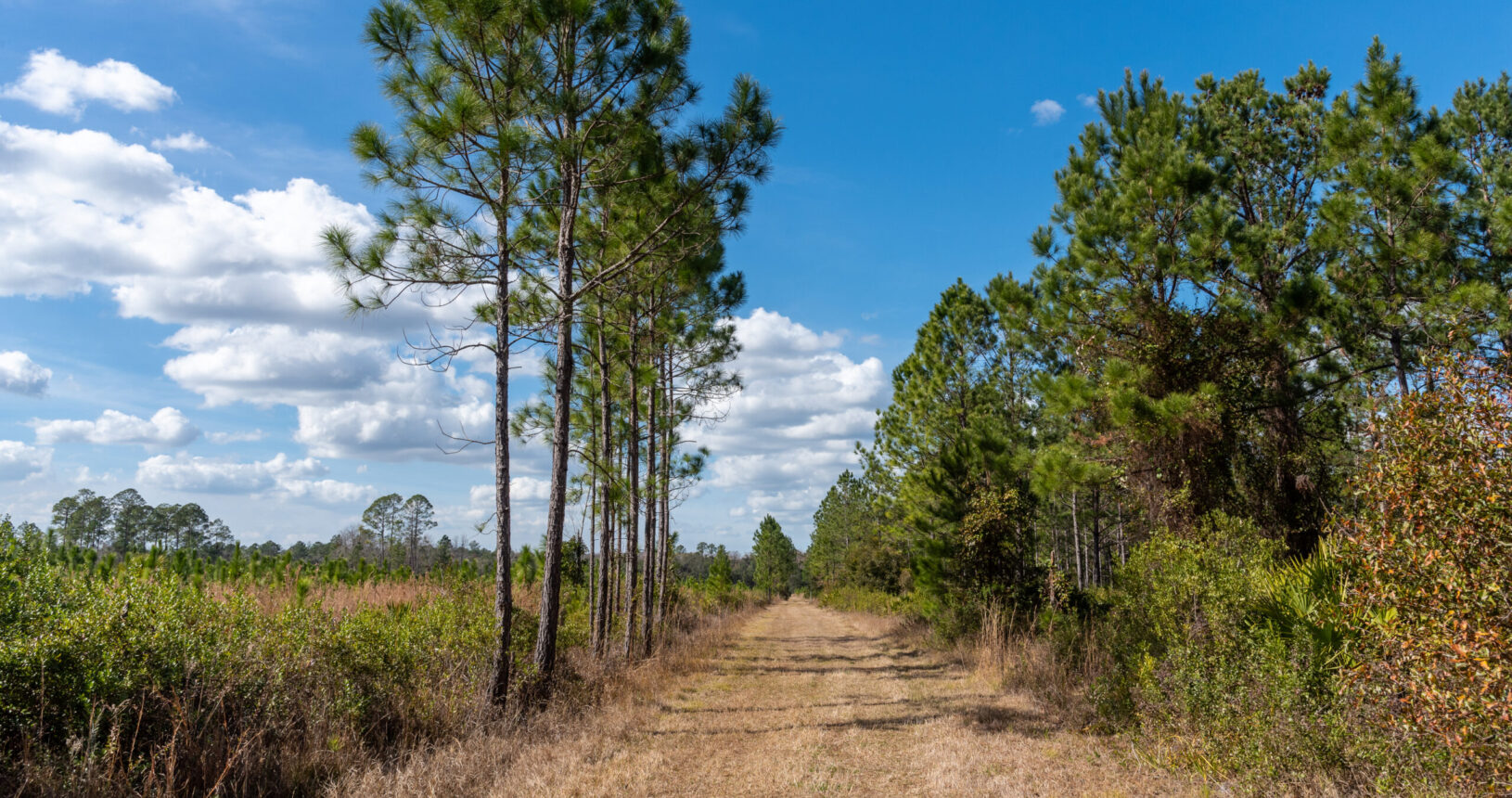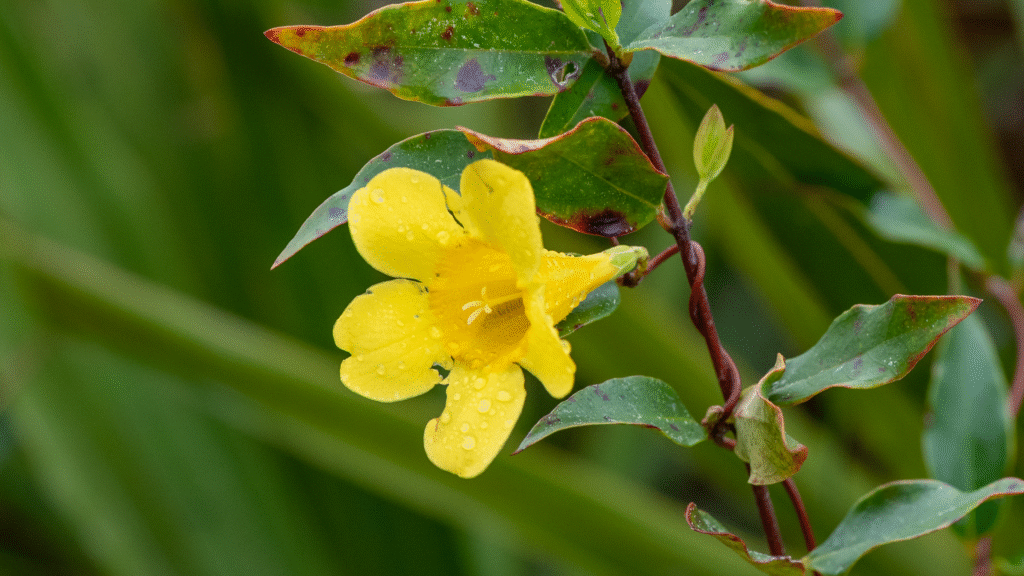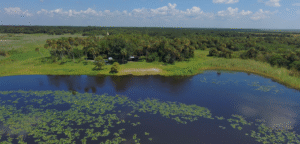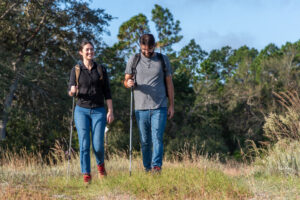Tall aspirations: Longleaf pines lead Rice Creek Conservation Area's restoration story
The stretching pines of Rice Creek Conservation Area weren’t always here. More than a decade ago, they were no more than hopeful green shoots—small seedlings planted with big vision. Today, those once-fragile saplings now cast shadows and stand with confidence, reclaiming their rightful place in Florida’s landscape. But their journey is far from over. These trees, still early in their existence, have decades of growth ahead as they rise toward their full height and ecological potential.
After more than a decade in the ground, many of the trees here now stand 10 to 15 feet tall—no longer seedlings, but still just beginning their rise. Their planting was part of a long-term ecological restoration effort by the St. Johns River Water Management District (District), which transitioned the site from a commercial slash pine plantation to longleaf pine trees. With lifespans that can stretch for centuries and the potential to reach towering heights over 100 feet, these iconic pines lay the foundation for one of the Southeast’s most ecologically rich and enduring forest systems.
To help guide the forest into its next chapter, the District will conduct periodic prescribed fires and thoughtful selective thinning through the coming decades. This combination of land management techniques boosts biodiversity by removing overcrowded trees to improve growing space and allowing more sunlight to reach the forest floor. The result is a healthier, more balanced forest—one that mirrors the open, sunlit conditions longleaf ecosystems depend on to thrive.
Spanning more than 6,200 acres approximately six miles west of the city of Palatka, the conservation area helps protect the headwaters of Rice Creek, a tributary of the St. Johns River, and contains a mosaic of habitats including pine flatwoods, forested wetlands and sandhill. These diverse ecosystems support an array of native wildlife such as gopher tortoises, fox squirrels, migratory birds, pollinators and more.
But this conservation area is more than a refuge for nature. It’s a place where people can reconnect with the land and embrace recreation. With miles of multi-use trails and wide-open natural spaces, the area welcomes hikers, equestrians, paddlers, wildlife viewers and photographers year-round. And as the forest opens up, so does the calmness—boundless and raw.
Each action taken at Rice Creek Conservation Area, whether planting seedlings, conducting prescribed fires or thinning crowded stands, is part of a larger story of renewal. These efforts don’t just shape a taller forest, they nurture a stronger, more resilient one. Here, conservation and recreation are deeply intertwined, grounded in a long-term vision that honors both the land’s natural rhythms and its role in the lives of those who explore it.
Plan your visit at www.sjrwmd.com/lands/recreation/rice-creek.








